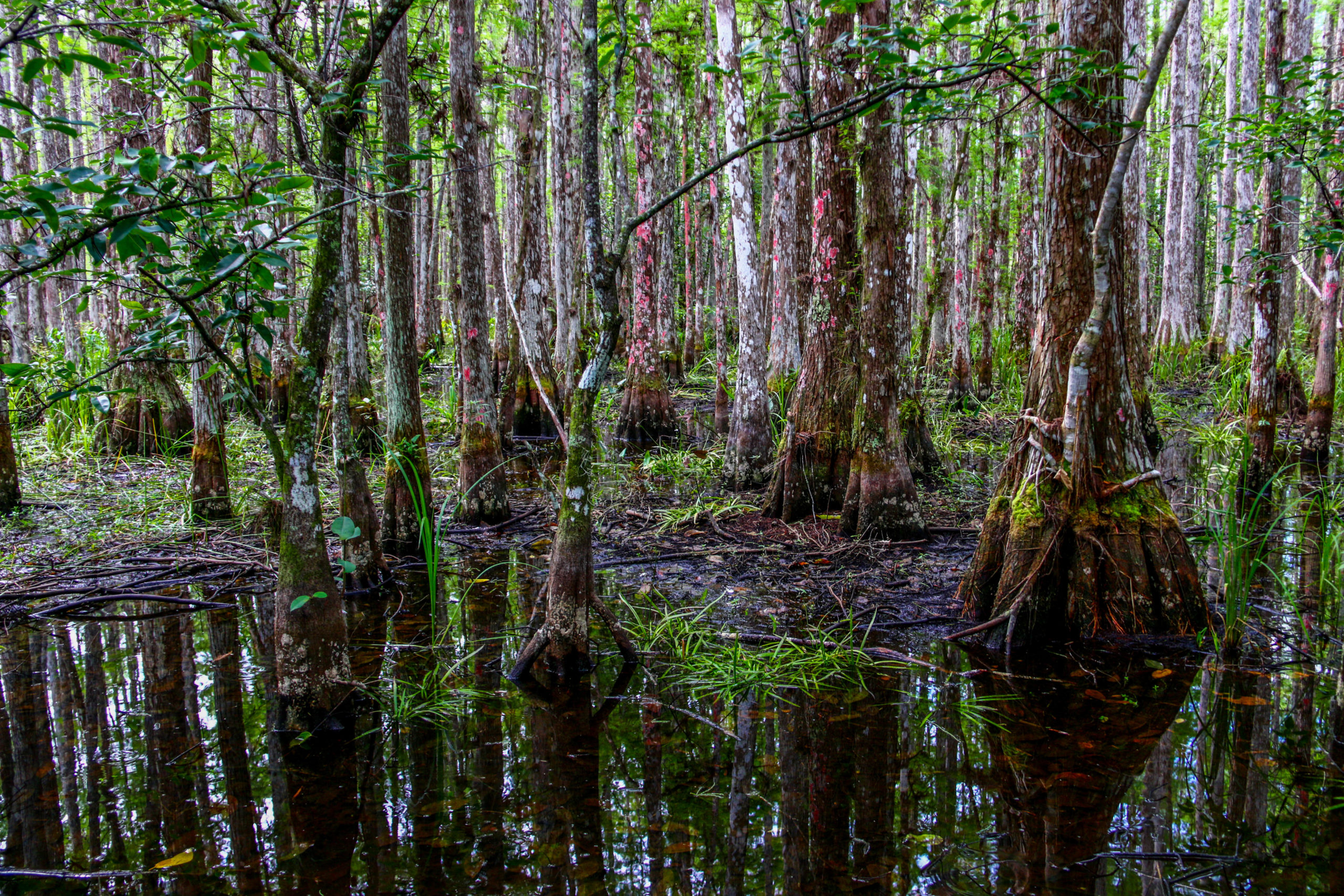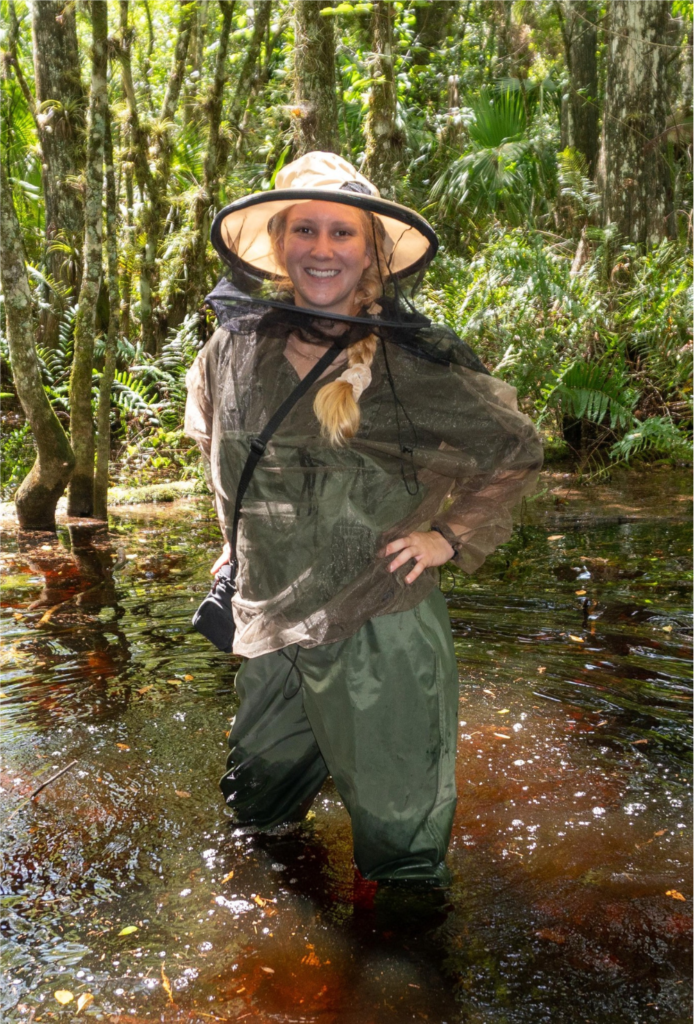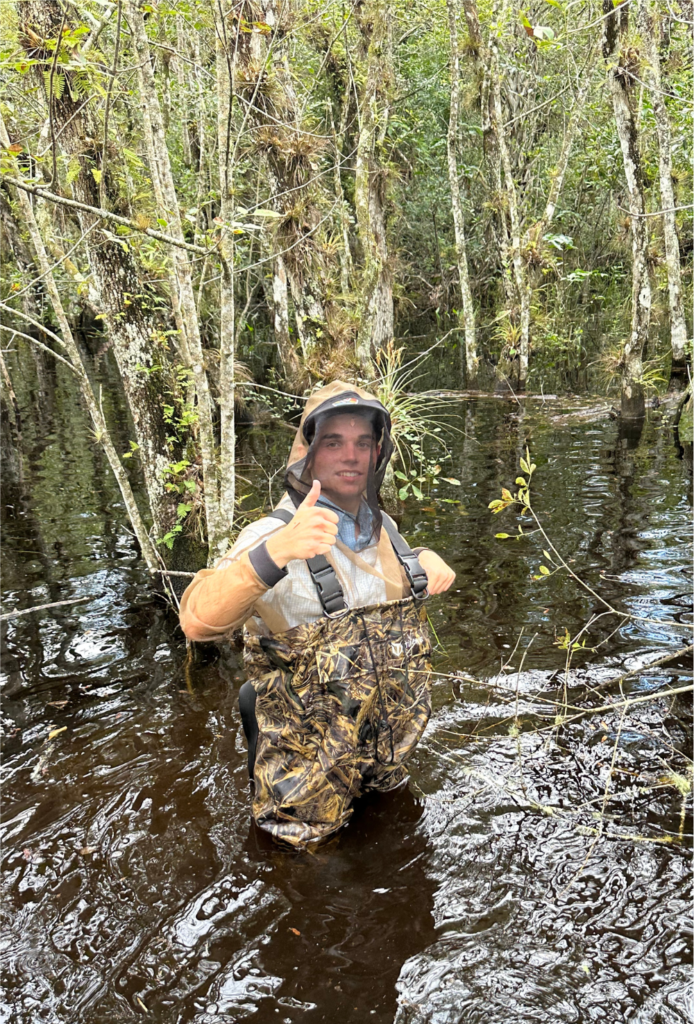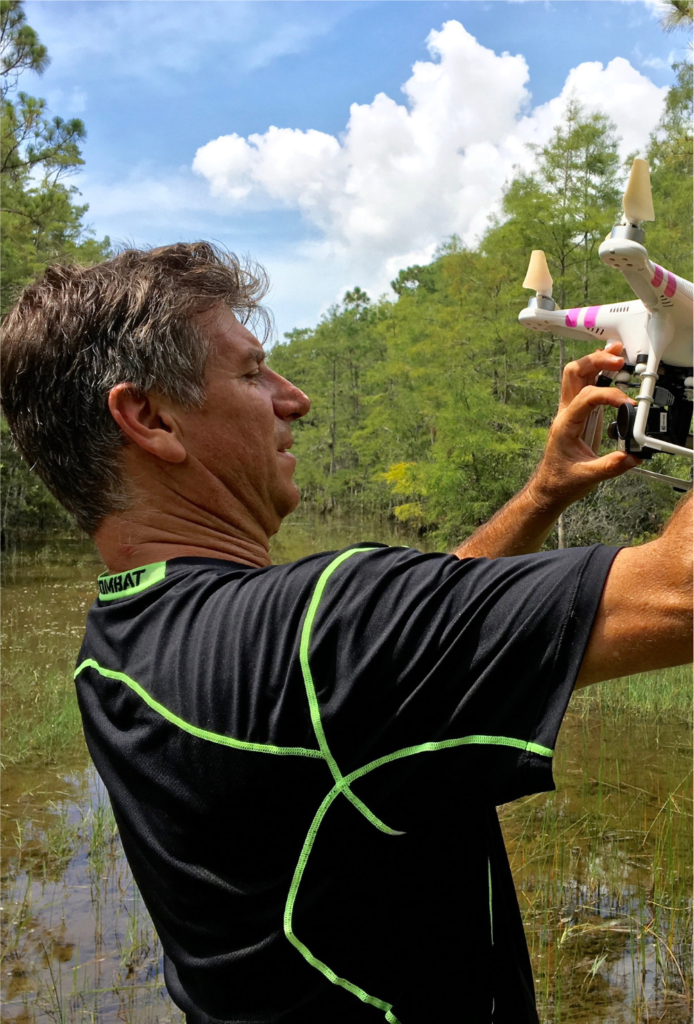BY SAMANTHA J. GROSS AND ADRIANA BRASILEIRO HERALD/TIMES BUREAU
JUNE 03, 2019 05:55 PM, UPDATED JUNE 04, 2019 04:53 PM
TALLAHASSEE
After years of work on the part of lawmakers and advocacy groups alike, a project aimed at reviving the natural flow of fresh water into the Everglades received the long-sought funding it needs to raise another 6.5 miles of the Tamiami Trail.
The United States Department of Transportation announced Friday that $60 million, plus a nearly $40 million state match, would be provided to build a bridge along a new section of the roadway, also known as U.S. 41, that runs west from Miami.
The state money is included in a $91.1 billion budget approved by the Legislature last month.
“Combined with the $40 million I requested from the Florida Legislature, the project is now fully funded,” Gov. Ron DeSantis said in a tweet. “Elevating the Tamiami Trail will allow for an additional 75 to 80 billion gallons of water a day to flow south into the Everglades and Florida Bay.”
The project is the second phase of a larger, joint undertaking by the U.S. Army Corps of Engineers, the Department of the Interior, the National Park Service and the Florida Department of Transportation. FDOT is expected to issue the design and build contract by 2020, and the full project is expected to be finished by early 2023, according to the National Park Service.
The project’s larger purpose is to allow more water to flow under the 91-year-old road that has dammed up the marshes and parts of Florida Bay for decades, and reconnect pieces of a vast water system that stretches from Lake Okeechobee through the Everglades to Florida Bay.
“This is a huge step forward to modify water delivery and allow the natural water flow to be restored to Florida Bay,’‘ said Ron Bergeron, a longtime Everglades activist whom DeSantis named this year to a board seat at the South Florida Water Management District, the agency that manages Everglades restoration efforts. The millionaire developer has been a loud voice in pushing for work on the Tamiami Trail to allow water flows to be restored.
Letting more clean water flow south to Florida Bay is key to stopping a massive seagrass die-off, as a lack of fresh water boosts salinity levels. It could also help minimize flooding events in water conservation areas in the central Everglades where high water conditions increase the risk of wildlife drownings. Allowing more water to reach Everglades National Park where it’s needed should also reduce flows to the Caloosahatchee and St. Lucie estuaries, which are often muddied by too much water released from Lake Okeechobee.
Bergeron, known as “Alligator Ron’‘ for his expertise in wrestling alligators, said he expects this step of the modifications — elevating the remaining 6.5 miles of roadway between two bridges — to be completed by 2023.
While FDOT owns the roadway, Tamiami Trail runs through Everglades National Park. When the roadway first opened in 1928, it was touted as a triumph of modern engineering. The road that cut across the thick brush of the Everglades took 2.6 million sticks of dynamite and 13 years to construct.
The natural flow of water into the southern Everglades has been obstructed ever since, leading to ecological imbalances as the seagrass dies off. The project to build the bridges and raise the Trail is essential to fix what Eric Eikenberg, CEO of Everglades Foundation, describes as a “two-fold crisis’‘: In the north, excess water flowing into Lake Okeechobee has forced discharges of polluted water that’s been blamed for algae blooms into the Caloosahatchee and St. Lucie Rivers.
In the southern Everglades, the lack of fresh water destroys critical habitat; and in Florida Bay, excess water is “ruining the delicate saltwater balance, killing seagrass habitat needed to support world-class recreational fishing in the Florida Keys.”
In 2013, an $81 million bridge opened to daily traffic and set the stage for efforts to get more water under the road. The project, which took four years to build and nearly two decades to get started, was originally launched by Congress in 1989. Other Tamiami Trail improvement projects included a one-mile eastern bridge completed in 2014 and 2.3 miles of western bridges completed in April 2019.
Frank Jackalone, director of Florida’s Sierra Club chapter, said he’s glad to see the federal commitment continue to match that of the state’s.
“We have been asking both the state and the federal government to raise Tamiami Trail for the last two decades,” he said. “We look forward to the day when bridging will be complete and people will be able to travel over the Everglades Skyway.”
Several members of the Florida congressional delegation have sent letters to Transportation Secretary Elaine Chao since January 2018, urging the department to provide grant funding to complete the Tamiami Trail project.
Last year U.S. Sen. Marco Rubio sent Chao a letter urging the department to provide assistance in ensuring that the unbridged sections of the roadway get raised. He wrote that raising the Tamiami Trail would both allow key Everglades restoration projects to continue and prevent future extreme flooding in the conservation areas. He pointed to the aftermath of Hurricane Irma as an example.
“Fighting to expedite Everglades restoration remains one of my top priorities,” Rubio, a Miami Republican, said in a statement Monday. “Everglades restoration is absolutely necessary to ensure the environmental sustainability and economic vitality of one of the most dynamic regions of our nation, and I will continue to work collaboratively across federal, state, and local government to address any roadblocks slowing down our progress.”
As governor in 2013, Rick Scott proposed $90 million in state funding to keep up the elevation work. As a U.S. senator, Scott sent Chao a letter in March, asking for federal funding for the project’s second phase.
So did U.S. Rep. Brian Mast, who represents a part of Palm Beach County that suffers from near-annual toxic algae outbreaks.
He said the project will help mitigate some of the problems in his district, too.
“Moving a much greater amount of water south — mimicking the natural water flow — is critically important for our environment, health, safety and economy,” he said in a statement Monday. “This project will see huge benefits to restore the Everglades and prevent harmful discharges.”
Republican U.S. Rep. Mario Diaz-Balart, co-founder of the House Everglades caucus, said while the project is just one component of a larger restoration plan, he is confident it will help finish the project’s second phase.
“Like me, [Chao] recognizes that the Tamiami Trail project is vital to the health of the Everglades and is the center of Florida’s ecosystem and economy,” said Diaz-Balart, who represents Florida’s 25th Congressional District. “I look forward to this project’s completion and remain a steadfast advocate for the preservation and continued restoration of the Everglades.”
U.S. Rep. Francis Rooney, a Naples Republican, has been outspoken about water issues and pollution. He said Monday that the project is vital for restoring South Florida’s ecosystem to its natural state.
“That starts with water flow,” he said. “The Everglades ecosystem is vital to Florida’s economy and has a $2 trillion impact on the state. When this project is completed, water will be able to flow south into the southern Everglades and Florida Bay, where it is desperately needed.”












